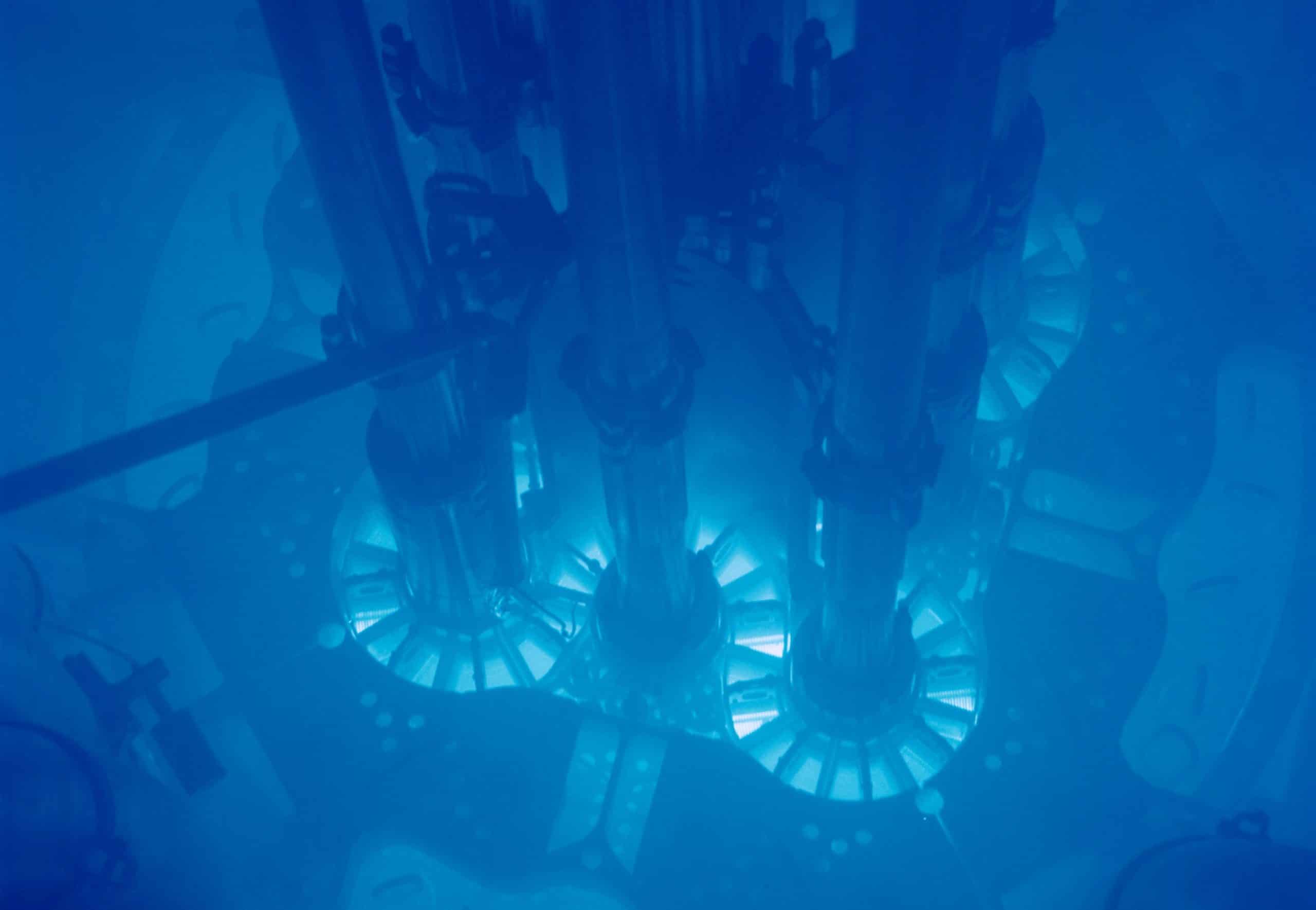Benefits of Aneutronic Fusion

Written by Tim Lash, Focus Fusion Society Contributor.
Aneutronic fusion describes any fusion reaction whose products don’t include free neutrons, or one where neutrons carry away less than 1% of the energy released from fusion. This type of fusion reaction has benefits over the more commonly studied fusion reactions. Free neutrons from fusion cause residual radioactivity and structural damage. Yet, aneutronic fusion avoids these detriments and carries another benefit when power generation is the goal of fusion.
Most fusion research focuses on fusion between deuterium and tritium (D-T). Both are isotopes of hydrogen. Normally, a hydrogen nucleus consists of a lone proton. Deuterium pairs this single proton with a neutron. Tritium adds yet another neutron to give this flavor of hydrogen an atomic weight of three. Deuterium’s stable and makes up about 0.02% of all the water on earth. It is abundant and easy to collect. Tritium’s very rare, mildly radio-toxic and commonly manufactured inside fission reactors.
D-T fusion is commonly studied and featured in fusion power research since it seems like the lowest hurdle. The temperatures needed to fuse D-T are on the order of 775 million degrees Celsius. Some aneutronic reactions require temperatures almost 10 times higher. Unfortunately, every D-T reaction produces one free problematic neutron. Nevertheless, many efforts hope to achieve D-T fusion.
Those free neutrons cause problems in two ways. First, radioactivity occurs through a process called neutron activation. This occurs when free neutrons get captured by another nucleus, such as iron. The iron nucleus then becomes unstable and radioactive. Overtime, a fusion reactor built from steel would turn radioactive. At decommissioning, the dismantled plant would become a nuclear waste problem. In addition to radioactivity, neutron bombardment will undermine the structural integrity of materials. Metals will become increasingly brittle in the presence of high neutron concentrations. The structural integrity of a fusion reactor would be continually weakened by free neutrons.
Aneutronic fusion overcomes these problems, by avoiding neutrons in the first place. It also provides a bonus when trying to produce power. Aneutronic fusion always produces stable charged particles. As such, controlling them will generate electricity directly. Electricity is the flow of charged particles. The energetically moving charged products of aneutronic fusion offer a mechanism for direct to the grid electricity. A steam cycle to drive a turbine is not necessary. Aneutronic fusion would eliminate a step in generating electricity. Consequently, focusfusion.org gets most excited when fusion research features aneutronic approaches.
Actually, there are several fusion reactions that occur aneutronically. However, most of them require rare isotopes as fuel, like tritium. Ironically, tritium can undergo aneutronic fusion with itself to produce helium and two free protons. Being charged particles, free protons are not bothersome. A magnetic field will easily contain protons. Because neutrons carry no charge, they easily escape and cause damage. Luckily, one aneutronic fusion reaction uses commonly sourced fuel. Boron can fuse with a proton (hydrogen) and outputs three helium nuclei. Such reactions are often referred to as pB11, where p stands for proton and B11 for the most common isotope of boron.
Finally, aneutronic fusion initiatives do exist, and are being studied by a few teams. LPPFusion has created record breaking temperatures in its pursuit of pB11 fusion. TEA (formerly Tri Alpha Energy) also hopes to achieve pB11 fusion. One of the earliest proponents of pB11 fusion was Robert W. Bussard who founded the company EMC2 in the 1980s.